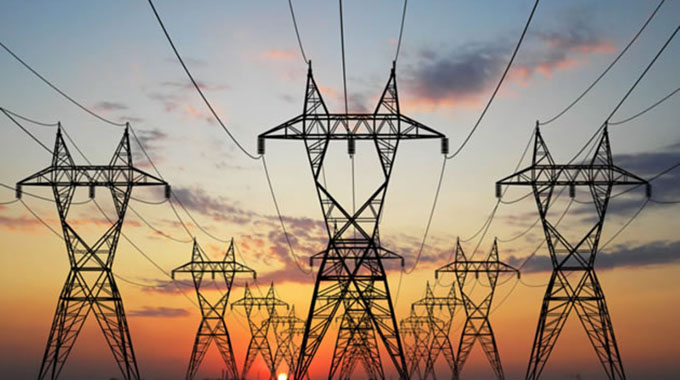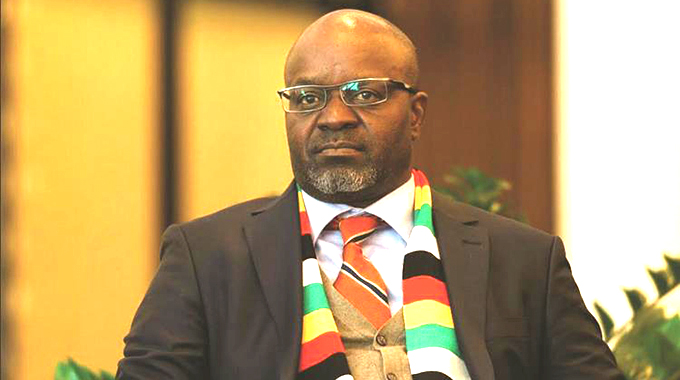Editorial Comment: Zim needs more power options

Hydro and fossil fuel-generated electricity have long well served Zimbabwe and many other countries in the past.
It is cheap, or at least cost-efficient, and has been sustainable for a long time.
But with fossil fuels being a finite resource, and water prone to the vagaries of climate change, countries such as Zimbabwe that have been largely dependent on these energy sources need to quickly reconsider their energy generation matrix.
Besides climate change that has seen inconsistent rainfall patterns in the source of Zambezi River water, up the equatorial rain forests that has been affected by unregulated logging that have decimated forests, in the process damaging the natural ecosystem, Zimbabwe has to think outside the box.
This year, just as three seasons ago, Zimbabwe is faced with a drought situation that is threatening to significantly compromise the country’s hydroelectricity generation capacity.
The country is already experiencing reduced power generation at Kariba Power Station amid concerns over fast receding lake water levels due to drought in the Kariba Dam’s catchment areas.
The drought situation is adversely affecting Zimbabwe’s power output, as well as that of its northern neighbour, Zambia.
Zimbabwe and Zambia generate power on the northern and southern banks of the Lake Kariba wall and share equally water from the world’s largest man-made inland lake that is, however, receding fast due to the drought factor.
The Zambezi River Authority (ZRA) has since rationed water consumption by Zimbabwe and Zambia’s power utilities, ZESCO and ZESA, which will see them generating at prescribed thresholds, 358 megawatts for Zimbabwe and 392MW for Zambia.
But too much water can also cause problems for hydro-electricity generation systems.
As the case may be Mozambique, which operates the largest hydropower scheme in the region, is experiencing serious challenges dealing with dam overflow at Cahora Bassa Hydro Electric Dam following two recent powerful tropical cyclones. This has also compromised the country’s capacity to export energy to troubled surrounding countries.
Zimbabwe is currently experiencing power generation problems and has to import more than 35 percent of its electricity requirements from Mozambique, South Africa and Zambia and the Democratic Republic of Congo.
So local alternatives are certainly required and they are required now.
Local solutions will also save the country copious amounts of foreign currency that is being swallowed up by electricity imports.
Moving to renewable sources of energy such as wind energy, hydroelectric energy, and solar energy can also help the country conserve fossil fuels (coal to be specific) and preserve the environment.
Solar energy has been touted as an efficient and more feasible option. It is a more reasonable type of energy due to its abundance.
But the problem with solar, and most other alternatives currently available, is that they tend to be more expensive.
The last time Zimbabwe faced a depleting water situation as it is currently experiencing was around 2016 and the Government scurried around and delivered the Dema Emergency Diesel Peaking Power Plant.
The plant is no doubt costly, which can only be expected due to the high cost of diesel and the volumes and spares required to keep it running.
But it’s an alternative, and in such cases as when Kariba is seriously compromised, coal supplies for Hwange Power Station are not assured, and surrounding countries are facing their own energy challenges to export some of their output, a facility such as the Dema plant could turn out to be a handy option to have.
There is no doubt that it is a costly venture.
Management has said they need to at least charge over 0,10 to 0,11 US cents per kilowatt hour, which is already above the electricity tariff in the country.
To the Zimbabwe Electricity Transmission and Distribution Company (ZETDC), the plant will need to charge them starting at 0,13 US cents.
Just to be clear, the 0,13 US cents per kWh takes into account that the Dema plant was granted a number of exemptions by the Government.
Without the exemptions the cost of power from the Dema plant would be in the order of 0,22 to 0,23 US cents per kWh.
Sometimes, just sometimes, desperate times call for desperate measures.
Hence, Zimbabwe, facing the crisis that is at hand, needs to ensure there are more power supply alternatives such as the Dema plant.











Comments